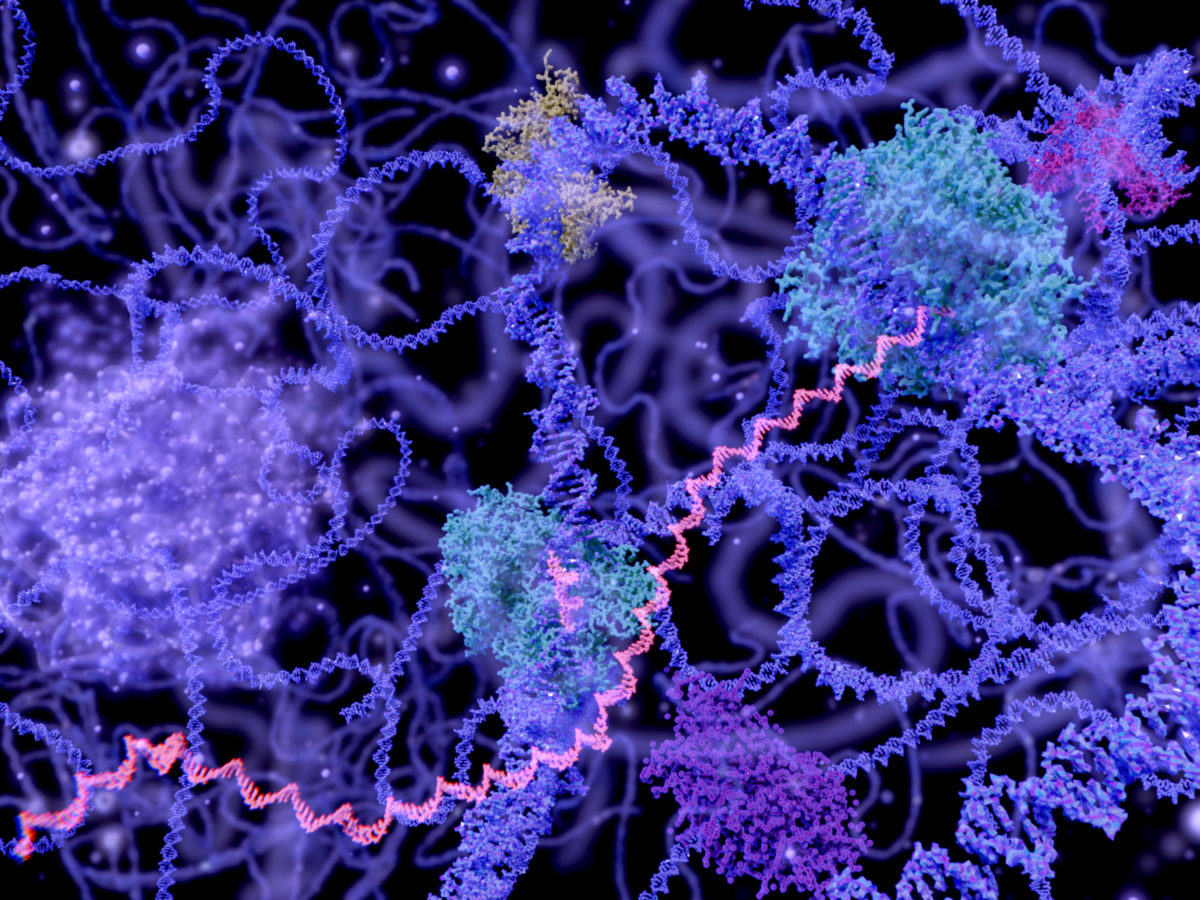California Science Center to Pay Attorneys’ Fees and Settle Open Records Lawsuit by Intelligent Design Group
The California Science Center (CSC) has agreed to settle a lawsuit with the pro-intelligent design Discovery Institute and release records that it previously sought to conceal regarding its cancellation of the screening of a pro-intelligent design film last year. “After months of stonewalling by the Science Center, this is a huge victory for the public’s right to know what their government is doing, especially when the government engages in illegal censorship and viewpoint discrimination,” said Dr. John West, Associate Director of Discovery Institute’s Center for Science and Culture. The Science Center continues to “deny any and all liability relating to the claims,” according to the settlement agreement. However, it agreed to pay Discovery Institute’s legal fees and to surrender more Read More ›








































